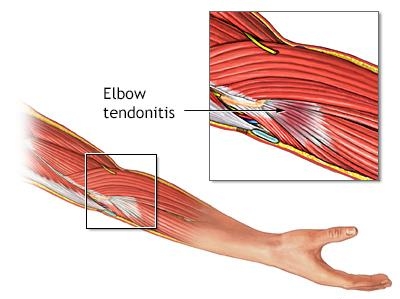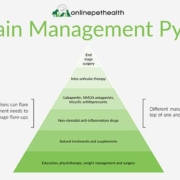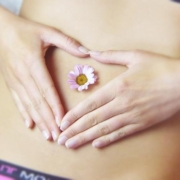Tendinitis: Understanding and Treating Inflamed Tendons
Tendons are the strong cords that connect your muscles to your bones, allowing you to move smoothly and powerfully. When these tendons become irritated or inflamed, it’s called tendinitis. This common condition can cause pain, stiffness, and weakness, making everyday activities difficult.
Understanding tendinitis and taking steps to prevent it can help you maintain a healthy and active lifestyle.
What Causes Tendinitis?
Tendinitis often develops gradually due to overuse or repetitive motions. Imagine a rope being pulled back and forth over a rough edge – eventually, it will fray. Tendons can experience similar wear and tear, leading to inflammation.
Common causes of tendinitis include:
Repetitive movements: Jobs or hobbies that involve the same motions repeatedly, like typing, playing tennis, or painting, can strain tendons.
Overuse: Suddenly increasing the intensity or duration of physical activity without proper conditioning can overload tendons.
Poor posture: Holding your body in awkward positions for extended periods can put stress on tendons.
Age: As we age, our tendons naturally lose some elasticity, making them more susceptible to injury.
Preventing Tendinitis: Tips for Healthy Tendons
The good news is that there are many things you can do to protect your tendons and prevent tendinitis:
1. Warm Up Before Activity:
Why it helps: Warming up prepares your muscles and tendons for activity, increasing blood flow and flexibility.
How to do it: Spend 5-10 minutes doing light cardio, like brisk walking or jumping jacks, followed by gentle stretches targeting the muscles you’ll be using.
2. Use Proper Technique:
Why it helps: Using correct form during exercise or repetitive tasks distributes force evenly, reducing strain on tendons.
How to do it: If you’re new to an activity, seek guidance from a qualified instructor to learn proper technique. Pay attention to your body and avoid movements that cause pain.
3. Pace Yourself and Gradually Increase Activity:
Why it helps: Gradually increasing the intensity, duration, or frequency of your workouts gives your tendons time to adapt and strengthen.
How to do it: Avoid sudden jumps in activity levels. If you’re starting a new exercise program, begin slowly and gradually increase the challenge over time.
4. Listen to Your Body and Take Breaks:
Why it helps: Ignoring pain is a recipe for injury. Rest allows your tendons to recover and repair themselves.
How to do it: Pay attention to your body’s signals. If you experience pain during an activity, stop and rest. Incorporate rest days into your exercise routine.
5. Maintain a Healthy Weight:
Why it helps: Excess weight puts added stress on your joints and tendons.
How to do it: Maintain a healthy weight through a balanced diet and regular exercise.
6. Strengthen Muscles Around the Tendon:
Why it helps: Strong muscles provide better support for your tendons, reducing their workload.
How to do it: Incorporate strength training exercises that target the muscles surrounding the tendons you want to protect. Consult with a physical therapist for personalized recommendations.
Taking Care of Your Tendons
Tendinitis is a common condition, but it doesn’t have to slow you down. By understanding the causes and following these preventative tips, you can keep your tendons healthy and continue enjoying the activities you love.
Remember, if you experience persistent pain or discomfort, consult with a healthcare professional for proper diagnosis and treatment.









